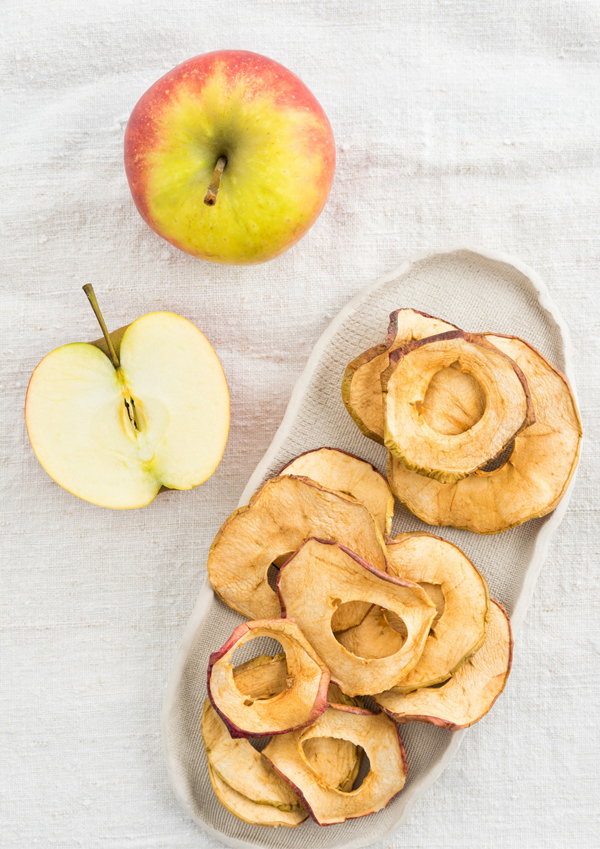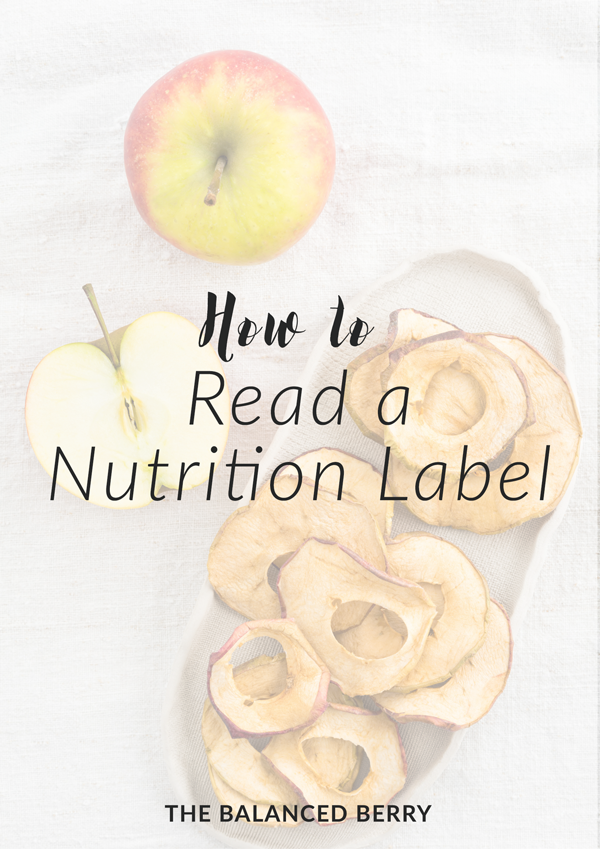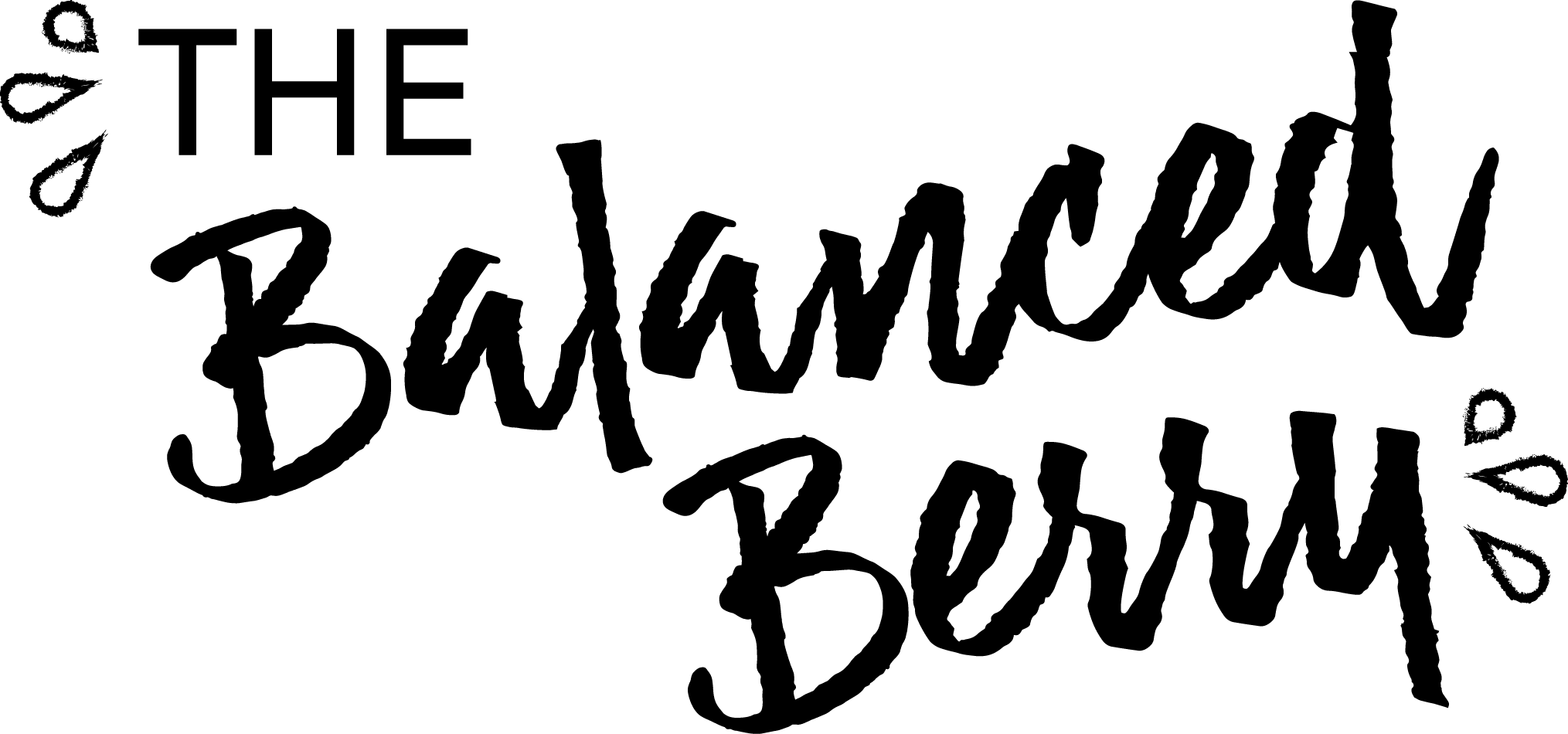
 For the past nine months I’ve been fortunate enough to work with an amazing organization where I help educate elementary school kids about positive food choices through fun, interactive workshops. During our workshops we teach them about the differences between whole and processed foods, how to stay savvy while reading food marketing claims and how to navigate the nutrition label on processed foods.
For the past nine months I’ve been fortunate enough to work with an amazing organization where I help educate elementary school kids about positive food choices through fun, interactive workshops. During our workshops we teach them about the differences between whole and processed foods, how to stay savvy while reading food marketing claims and how to navigate the nutrition label on processed foods.
Then it hit me: there are a lot of adults who need to know this information as well. Especially how to read a nutrition label.
I’m sharing a few tips to help you understand what labels on your favorite foods are telling you. It may make you see your favorite snacks in a whole new light!
First and foremost, let’s talk about which foods have nutrition labels and which don’t. Anytime a food has a nutrition label, it is considered a process food. Processed foods are those that have been changed from their natural state. In the United States they are required to provide nutrition facts and a list of ingredients. Now let’s navigate this label.
Serving Size
The serving size is the single most important piece of information on a nutrition label. The serving size is the amount of food that is recommended for one sitting. Serving size is so significant because it dictates the rest of the values listed on the label. Every other number is a reflection of the nutritional value in a serving size. Immediately under the serving size is the “servings per container”. Let’s say you eat an entire package of almonds, and there are two servings in the container. You would then need to multiply the rest of the nutrition values by two to know how much you consumed.
Calorie Count
Oh, calories. So misunderstood. Unfortunately, the diet industry has trained us to believe that calories are to be feared – that we must consume as few as possible and burn as many as possible. When it comes to health, that’s not necessarily the case. Calories are a unit of measurement for the amount of energy a food gives to your body. If you are trying to lose weight, being calorie-aware can be beneficial for your weight loss goals. However, eating is not a numbers game. The quality of the food you take in is far more important than how many calories the food has.
Fat Content
Every gram of fat is equal to about nine calories. Looking at a nutrition label, you will see “calories from fat” and a breakdown of how many grams there are of each type of fat. Healthy fats (unsaturated and some saturated fats) are beneficial for nutrient absorption, brain health and balanced hormones. Trans fats are the ones you want to avoid because they are harmful to your heart.
Trans Fats and the 0.5 Rule
When looking at a nutrition label, you’ll notice every food will have “0 grams” next to trans fat – however that doesn’t mean that food is trans fat-free. Food companies can actually list “0 grams” of any nutrient on a nutrition label if there is less than 0.5 grams of that nutrient per serving (this is actually true for any nutrient, not just fats). But remember what we talked about above – serving sizes can be misleading, and it can be easy to eat more than the recommended serving size and get a hefty dose of trans fats without even knowing it. To check if your foods do contain trans fats, look for the words “partially hydrogenated” in your ingredient list. If you see these two words, steer clear.
The good news is, the FDA is banning trans fats from processed foods. By 2018, food companies will no longer be allowed to use partially hydrogenated oils in their products.
Sugar
It’s important to be mindful of the amount of sugar in your products as well. Unlike the other nutritional values, there is no daily percentage associated with sugar. If the sugar content seems high, be sure to scan the ingredient list for added sweeteners. Look out for hidden sugars such as high fructose corn syrup and fruit juice from concentrate.
The Ingredient List
By now you’ve probably noticed a common theme in the tips above – reading the ingredient list. If you can’t recognize what an ingredient is, chances are your body can’t either. If when reading the ingredient list you can’t picture the ingredient in your head, or aren’t sure how to pronounce it, chances are there may be a healthier alternative that could be a better choice. Often times the words you don’t recognize are harmful additives such as preservatives, artificial food colors and sweeteners that aren’t doing your body any favors.
Sticking to whole, fresh foods whenever you can is your best bet. Keep these tips in mind when you are in a pinch and have to reach for something processed.
Talk to me:
- Do you usually read the labels on your food before buying and/or eating it?
- What are your favorite savvy food tips?

Awesome post, Les!! Great info. Everyone should be reading nutrition labels when buying packaged foods. Organic or non-gmo or not, people need to educate themselves on what they’re putting into their bodies. Because obviously the marketing and food companies aren’t going to do it for you! 😉
Agreed! As consumers it is so important we do everything we can to take our health into our own hands. And it starts by simply reading the label 🙂
This was super great info! And how awesome that you’re teaching kids the importance of reading the labels.:)
Thanks so much Megan! And yes, it’s been a great experience 🙂
I am a huge label reader! Sometimes it takes me awhile in the grocery store if I’m buying something new. But I really like to know what it is I’m eating – some things have some really strange and unexpected ingredients.
Agreed! Always a good idea to check the labels of new products 🙂
I used to be one of those people who only looked at calories on the food label, but now I just stick to reading the ingredients and just making sure what’s in the package seems edible haha. I volunteered at a cooking program for low-income families and it was so interesting to teach them about food labels and give them the knowledge to understand what to look for and what to avoid because they’d just never had the opportunity to learn about it before.
The ingredient list is most important! Sometimes the label can be tricky, especially with the 0.5 rule. That sounds like an awesome program you volunteered for! There truly does need to be more education around this topic among all class levels.
I try to read all the food labels of packaged items when I buy them. ESPECIALLY yogurt!! I was so appalled at how MUCH added sugar there can be when it comes to Greek yogurt.
Yes!!! Yogurt is so sugary – it’s so important to check those labels! When I teach the 4th graders we have a full section on sweeteners and what all the different kinds are so they know to look out for them.